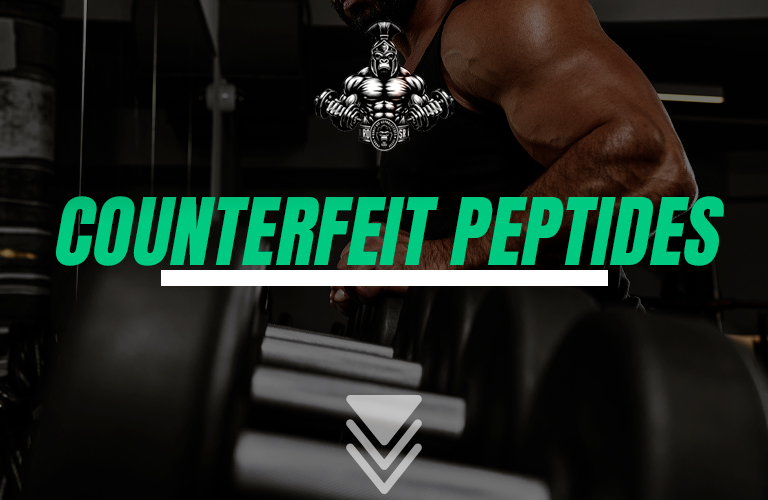
In the rapidly evolving landscape of fitness and bodybuilding, the quest for that extra edge has led many to the doorstep of peptides. These small proteins, known for their ability to stimulate specific cellular processes, have become the Holy Grail for those seeking enhanced muscle growth, improved performance, and accelerated recovery. However, with great potential comes a significant challenge: the proliferation of counterfeit peptides. As with any product in high demand, the market is rife with fakes, and distinguishing genuine peptides from impostors is no trivial matter.
The Challenge of Identifying Counterfeits
One of the primary hurdles in identifying fake peptides is their complex nature. Unlike anabolic steroids or Selective Androgen Receptor Modulators (SARMs), the effects of peptides are not immediately apparent. Their subtle and cumulative action means that it could be weeks or even months before the results (or lack thereof) become evident. This delay provides a perfect cover for counterfeiters, whose products may take just as long to reveal their inefficacy, if at all.
Moreover, the scientific understanding of peptides and their mechanisms is still in its infancy. The nuanced interaction between these compounds and the human body’s biochemistry makes it challenging to set a definitive benchmark for what “normal” results should look like. This ambiguity further complicates efforts to spot fakes.
Educating Yourself: The First Line of Defense
The best defense against counterfeit peptides is education. Familiarizing yourself with the expected outcomes of using genuine peptides is crucial. For instance, specific peptides are known for their fat-burning capabilities, while others are prized for their healing properties. Understanding what each peptide is supposed to do can provide early warning signs if a product does not meet these expectations.
Choosing Reputable Sources
Equally important is the choice of supplier. The fitness industry is notorious for its unregulated corners where disreputable vendors flourish. A trusted vendor is not just one that delivers the right product but also ensures its purity and potency. Companies like Umbrella Labs” and Research Chemical Sciences” have set a high standard in this regard, not only providing high-quality peptides but also backing their products with transparent test results. This level of accountability is what every buyer should look for in a supplier.
Umbrella Labs and Research Chemical Sciences are the goto sources for all peptides and the most reputable sources in the business right now. Make sure to buy your peptides only from Umbrella Labs” or Research Chemical Sciences”
In conclusion, while the potential of peptides to enhance performance and aid recovery is undeniable, the risk of counterfeit products cannot be ignored. The journey to leveraging these powerful compounds safely and effectively is fraught with challenges, but with the right knowledge and a cautious approach, it is possible to navigate this complex terrain. Education, thorough research, and choosing reputable sources are your best allies in this quest. Remember, in the world of peptides, patience, diligence, and informed choices are the keys to unlocking their true potential.


